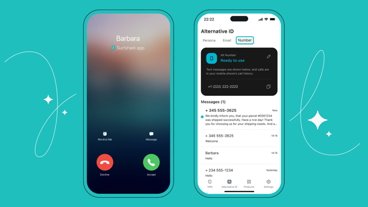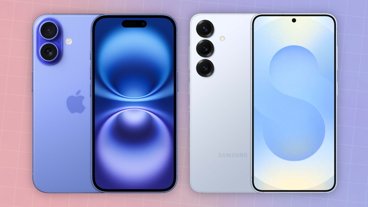Once thought to be building Flash for the iPhone mostly on its own, Adobe has mentioned at the World Economic Forum that it's not only continuing work on the animation plug-in but has teamed up with Apple to make it a reality.
"It’s a hard technical challenge, and that’s part of the reason Apple and Adobe are collaborating," he says. "The ball is in our court. The onus is on us to deliver."
What hurdles Adobe has to overcome aren't mentioned by the executive, though the company's long porting process has underscored the difficulty involved. Narayen had said that he was "pleased with progress" as far back as June of last year — just three months after the iPhone SDK made native third-party apps an option on the touchscreen device.
Apple co-founder Steve Jobs has maintained since nearly a year ago that the real obstacle is the nature of Flash itself. While desktop Flash is too resource-heavy for the small processor and low memory of smartphones like the iPhone, Jobs has warned that Flash Lite is too feature-limited and doesn't do many of the things users expect Flash to do — such as playing video on the web or showing complex animations on websites.
Most Flash Lite implementations actually depend on an app that runs entirely outside of the web browser and are often based on older versions of Flash that limit their performance and feature set; Jobs has argued for a "product in the middle" that does more.
Whether or not the collaborative process involves working on that app is very much a mystery, but it may be necessary for Flash to appear in Apple's preferred form, as third-party iPhone apps aren't allowed to serve as plugins based on the iPhone SDK's guidelines.
And in the meantime, the cellphone maker has publicly advocated HTML 5 as a replacement and is collaborating with fellow browser developers Mozilla and Opera to perform many of the same functions of Flash but in a more universal and less resource-hungry standard.
 Aidan Malley
Aidan Malley






-m.jpg)






 Wesley Hilliard
Wesley Hilliard
 Malcolm Owen
Malcolm Owen
 Amber Neely
Amber Neely
 Christine McKee
Christine McKee
 Andrew Orr
Andrew Orr

 Mike Wuerthele and Malcolm Owen
Mike Wuerthele and Malcolm Owen










152 Comments
I just installed clicktoflash yesterday:
http://github.com/rentzsch/clicktoflash/tree/master
Prior to installing, I had around 100 open windows/tabs, and the CPU load was 123% (out of 200 on a dual-core iMac). I closed Safari, installed clicktoflash, and reopened the same windows. With Flash turned off: 16%.
Unless Adobe fixes this serious performance problem I'd just as soon see Flash go the way of Stuffit files.
Maybe flash will be a big feature for the 3rd iPhone with it's faster software. Would be nice to see it on the current Gen model too
This is the same siruation we say in the beginning when Jobs was asked about third party software. He had said that they were sure it would happen, and he left it as a "when we figure it out", sort of basis.
It was pretty much the same with Flash. Despite what some here have been arguing, Jobs nevwr said it wouldn't happen. He never said he didn't want it. He never said he didn't like it.
He did say that it used too many resources for a small mobile device like the iPhone, and that Flashlite didn't give the proper experience. He said that when something did, it would be different.
I've always thought that Flash would arrive. The question was always when, and how. Last year, when Adobe said they were working on it, I believed them, and I believe that Apple is helping them.
It's all too obvious. So many other phones have some version of it, and from what I see, they work just fine.
I understand Apple's position on this, and it makes sense. It's the same reason why they don't want background processes running.
If this is done right, and I imagine Apple won't allow it until it is, then it will be fine.
The lack of flash isn't really high up in my 'list of problems'. To me he biggest problem with the iPhone is the lack of snycing. To dos? Push gmail? How come when I update an app on my iPhone it doesn't reflect that change on my computer!? How come I can't stream music to the nearest airport express?! How come when I add a bookmark to my iPhone safari it doesn't change my laptop's safari?! They can do so much stuff over the air that they aren't doing. I agree that media should be done over the wire, but how bout the other stuff?!
P.s. Apple can/should also do moe with the multitouch. Like multitouch swipe to change safari tabs! Or a two finger tap on the notifictations bar to turn wifi on/off.
i use Me just to sync my iPhone accross my iMac and laptop and it works sweet.